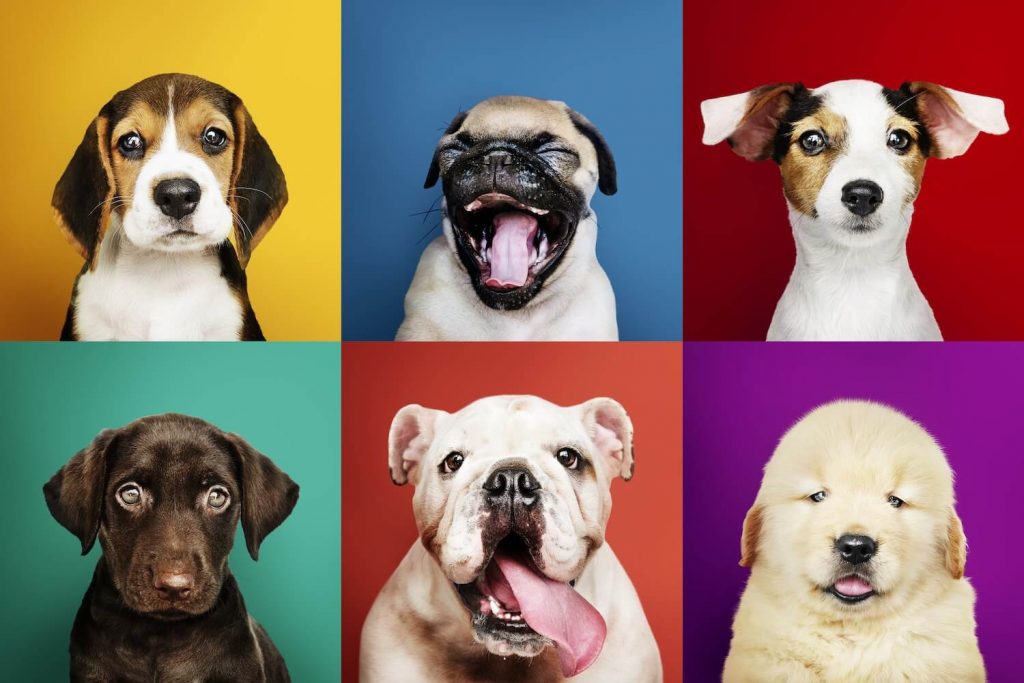
Stage 1: The Neonatal Period (0-2 Weeks) Welcome to the world, little fluff nugget! Puppies are blind, deaf, and entirely dependent on their momma at this stage. Your job? Provide a cozy nest, keep them warm, and let mom do her thing. Avoid excessive handling; they need to grow!
Stage 2: The Transitional Period (2-4 Weeks) Eyes open, ears pop, and wobbly legs try to hold up the cuteness. Interaction time! Gently introduce them to different textures, surfaces, and soft cuddles. This helps them adapt to the world.
Stage 3: The Socialization Period (3-12 Weeks) This is prime time for socialization! Expose your pup to people, other dogs, and new experiences. Take them on adventures, but be cautious; their fear periods can make them skittish. Avoid loud noises and overwhelming situations.
Stage 4: The Juvenile Period (3-6 Months) Ah, the ‘teenage’ phase. Puppies may test boundaries and chew on your favorite shoes. Start training, but keep it fun! Positive reinforcement is the key. Introduce basic commands and expose them to various environments.
Stage 5: Adolescence (6-18 Months) Adolescence, the ‘I-know-better’ phase! Continue training, but stay patient. They may challenge you, but consistency is crucial. Limit exposure to aggressive or unruly dogs and teach them good manners.
Stage 6: Young Adulthood (1-3 Years) Congratulations! You have a grown-up dog. Keep up with regular exercise, training, and mental stimulation. Dogs may still learn new tricks and can be exposed to more varied activities.
Stage 7: Adulthood (3+ Years) Your furball is now a wise, old dog. Maintain exercise and regular vet visits. Be mindful of their aging needs, like joint health and diet.
What to Expose Them To:
What to Stay Away From:
Remember, every pup is unique. The key is patience, consistency, and loads of love. Be the best friend your dog deserves, and you’ll both enjoy a lifetime of tail-wagging adventures.